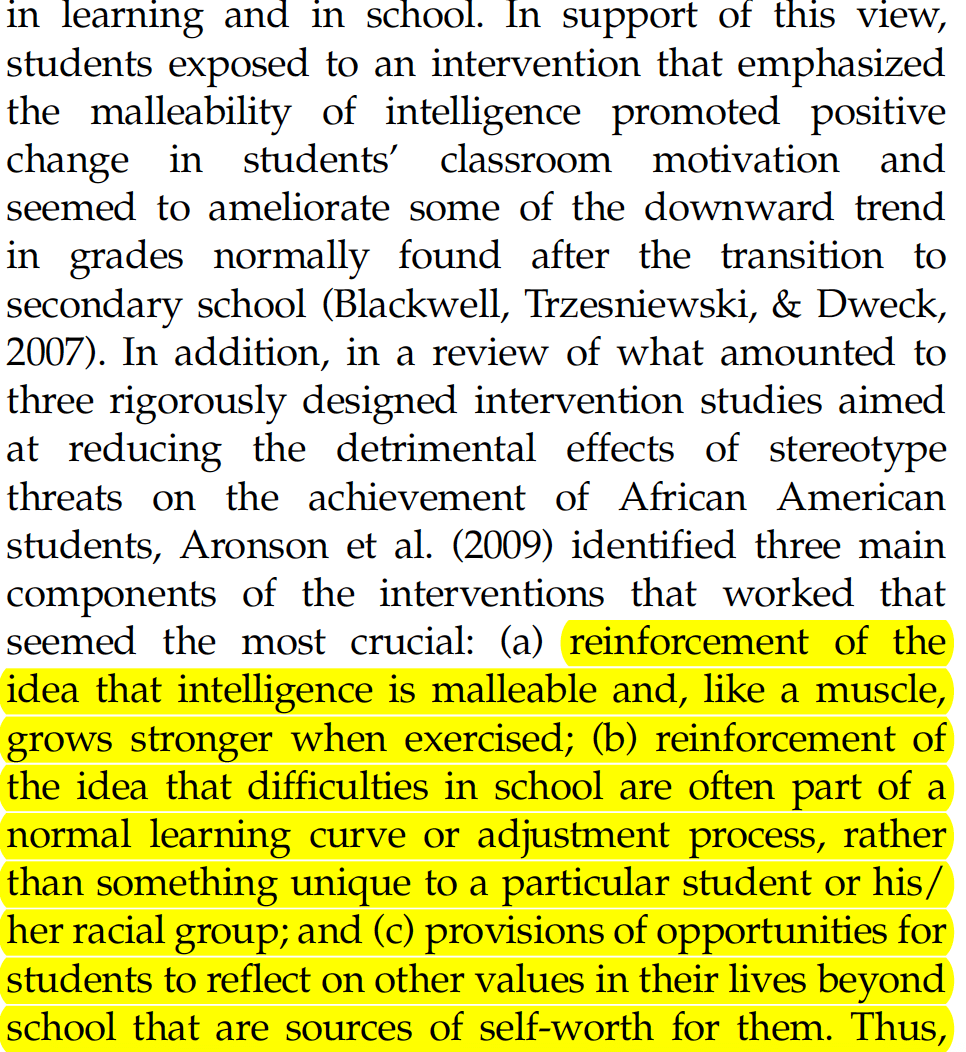“…junior high school teachers typically teach several different groups of students, making it very difficult for students to form a close relationship with any school-affiliated adult precisely at the point in development when there is a great need for guidance and support from nonfamilial adults. Such changes in student-teacher relationships are also likely to undermine the sense of community and trust between student and teachers…” (Eccles, J.S. & Roeser, R.W., 2011, pg. 233)
I remember transitioning into middle school and loving all the changes, the change in periods where you get to talk to people in the hall and the change in teachers. The perceived randomness of it all and the newness was really exciting. The break from a teacher I didn’t mesh with, to go into a class with my favorite teacher was a huge breath of relief, something to look forward to everyday. The variety felt good and stimulating.
Now, as an educator, I’m not so sure. I believe in the importance of consistency, and I believe in building relationships, teacher and student growing together. So, on the other side of the teacher-student relationship, I worry we are losing out on time, and aren’t connecting and building community in secondary education. The quick changes that were so thrilling to me as a 12 year old, feel abrupt and sparse to me as an adult, and I can’t quite figure out if it’s all just personal or if the slowness and stillness I’m craving would also have been beneficial to me as that 12 year old? And what about the students who need the change in pace? The student who gets stuck with a teacher who has already written them off, this student needs the change in periods, the opportunity to be seen and heard by another set of eyes.
As we think about breaking the system, or at least widening our view of what education looks like, what does the structure of the day look like? How does learning unfold? What does the relationship between teacher and student look like? How does context affect learning? And can one context ever really work for all?
